In the competitive world of oral care products, the efficacy and durability of items like teeth whiteners are critical to both customer satisfaction and brand reputation. For manufacturers, ensuring that these products maintain their quality and performance over time is a top priority. Two key processes that significantly impact the quality of teeth whitening products are Teeth Whitener Moldflow and Anti-Mold treatments. These technologies help optimize product manufacturing while maintaining hygienic standards, ensuring that products not only perform well but also last longer without degradation. In this blog, we’ll explore the importance of these processes and their role in creating top-tier teeth whitener products.
Teeth Whitener Moldflow refers to the simulation and analysis of how the whitening gel material flows into the mold during the manufacturing process. This process crucially ensures consistent shaping of the product and guarantees its intended performance. Manufacturers utilize advanced simulation software to visualize material behavior as they inject or pour it into molds, ensuring even distribution and preventing defects from poor filling.
Moldflow analysis helps manufacturers optimize the design of the teeth whitener containers or applicators, ensuring they are produced with high precision. This not only reduces material waste but also ensures that each product is uniform in shape and consistency, which is important for customer satisfaction. A well-designed Teeth Whitener Moldflow process results in better product performance and higher efficiency in production, both of which are crucial for meeting consumer demand in the competitive market.
Anti-Mold treatment is a critical process in the manufacturing of teeth whitening products. Mold growth is a common problem in products that contain moisture or chemicals, as mold thrives in damp environments. Since many teeth whitener products are used in wet environments and contain active ingredients that could potentially promote bacterial or fungal growth, Anti-Mold treatments are essential in preserving both product integrity and hygiene.
Applying Anti-Mold coatings to the molds and the packaging of teeth whiteners helps prevent the growth of mold and mildew. Specialized coatings or materials with inherent mold-resistant properties often achieve these treatments. Manufacturers treat certain plastics or resins to resist microbial growth, ensuring teeth whitener packaging remains safe, effective, and contamination-free.
While Teeth Whitener Moldflow optimizes the physical structure and consistency of the product, Anti-Mold processes ensure that the product stays hygienic and free from mold contamination throughout its lifespan. These two processes work hand-in-hand to improve product quality from manufacturing to consumer use.
Through Moldflow simulations, manufacturers can ensure that the teeth whitener containers or applicators are precisely formed with no imperfections that could trap moisture or allow mold growth. At the same time, the Anti-Mold treatments ensure that any potential for contamination is minimized, leading to a safer, longer-lasting product. This combination of optimized product design and mold prevention technology results in teeth whitener products that are not only effective but also safe and durable.
An important benefit of Teeth Whitener Moldflow is its ability to reduce material waste. By simulating the flow of the product material in the mold, manufacturers can identify potential issues such as air pockets or areas where material distribution is uneven. By making adjustments based on Moldflow analysis, manufacturers can ensure that every batch of teeth whitener products uses the optimal amount of material, reducing waste and improving overall production efficiency.
Anti-Mold treatments play a significant role in extending the shelf life of teeth whitener products. As products that contain active ingredients that could potentially deteriorate over time, ensuring that they are free from mold growth is crucial for maintaining effectiveness. By preventing the growth of mold or bacteria, Anti-Mold treatments keep the product safe for use over an extended period, even under challenging storage conditions like humid bathrooms.
For consumers, this added layer of protection means they can trust that the teeth whitener product will remain effective and hygienic for the duration of its use. It also reassures them that the product is safe to use without the risk of exposure to harmful mold or contaminants. Manufacturers who prioritize Anti-Mold treatments can ensure a high-quality product that delivers optimal performance throughout its lifecycle.
As consumer expectations for both performance and hygiene continue to rise, the processes behind Teeth Whitener Moldflow and Anti-Mold treatments will continue to evolve. Future advancements in Moldflow simulation technology may include more detailed simulations that take into account a broader range of material behaviors and environmental factors, further improving production efficiency and product quality.
Similarly, Anti-Mold technology will continue to improve, with the development of new materials and coatings that offer even greater protection against microbial growth, all while remaining safe and non-toxic for consumers. Manufacturers will also explore sustainable materials and eco-friendly coatings to meet growing consumer demand for environmentally conscious products.
Incorporating these innovations will ensure that the teeth whitener industry remains competitive while providing consumers with safer, more effective, and longer-lasting oral care products.
In conclusion, Teeth Whitener Moldflow and Anti-Mold treatments are two essential processes that work together to ensure the creation of high-quality, durable, and hygienic products. By utilizing Moldflow simulations, manufacturers can optimize the production process and reduce waste, while Anti-Mold treatments ensure that the products remain safe and effective for consumers. As the oral care market continues to demand higher quality and more reliable products, these technologies will be crucial in maintaining product integrity and satisfying consumer needs.https://www.powsmart.com/about-powsmart/
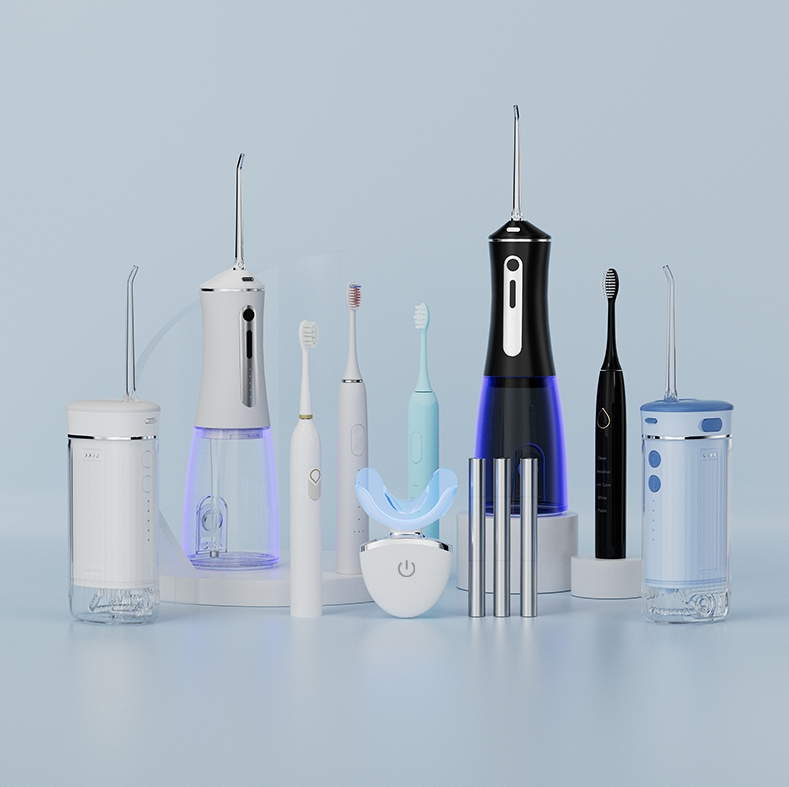
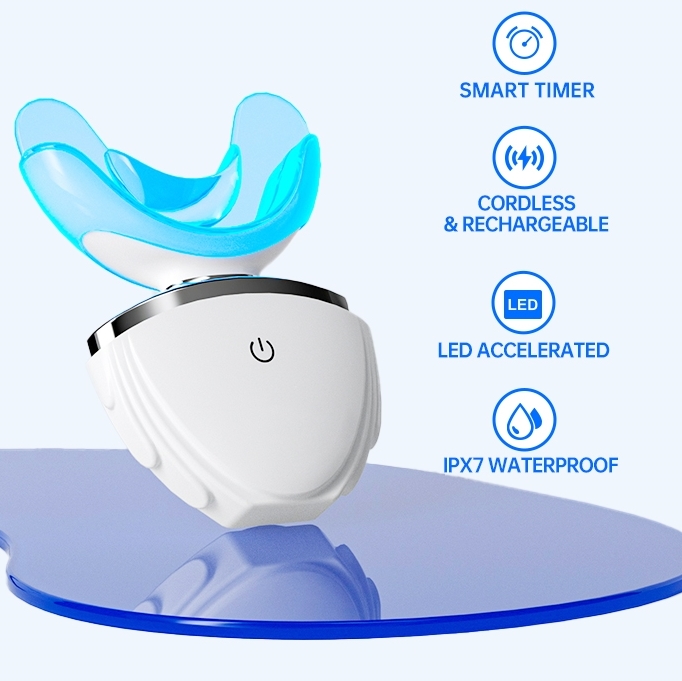
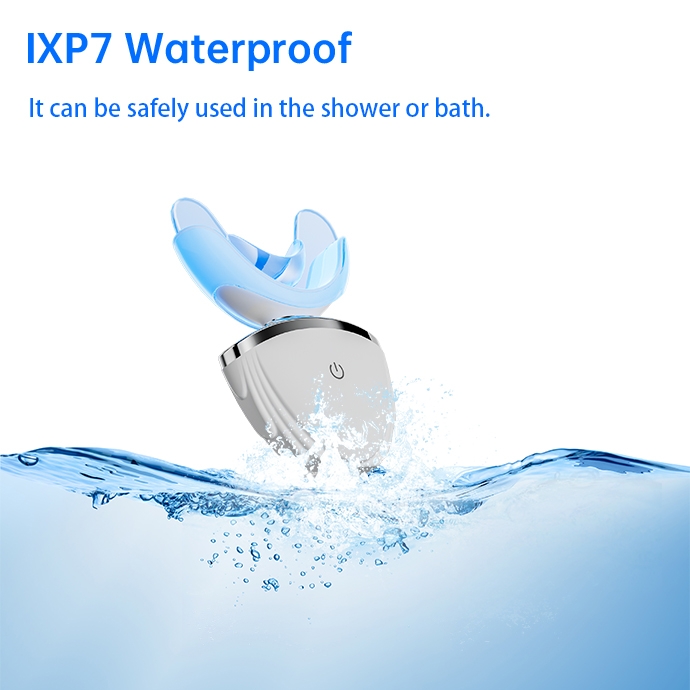
.jpg)
Waterproof Travel Electric Toothbrush for Texas Ranchers
Gel Leakage Causing Chemical Burns – Still Ignoring It?
Wireless Charging Toothbrush Factory | Contactless Power for Modern Hygiene
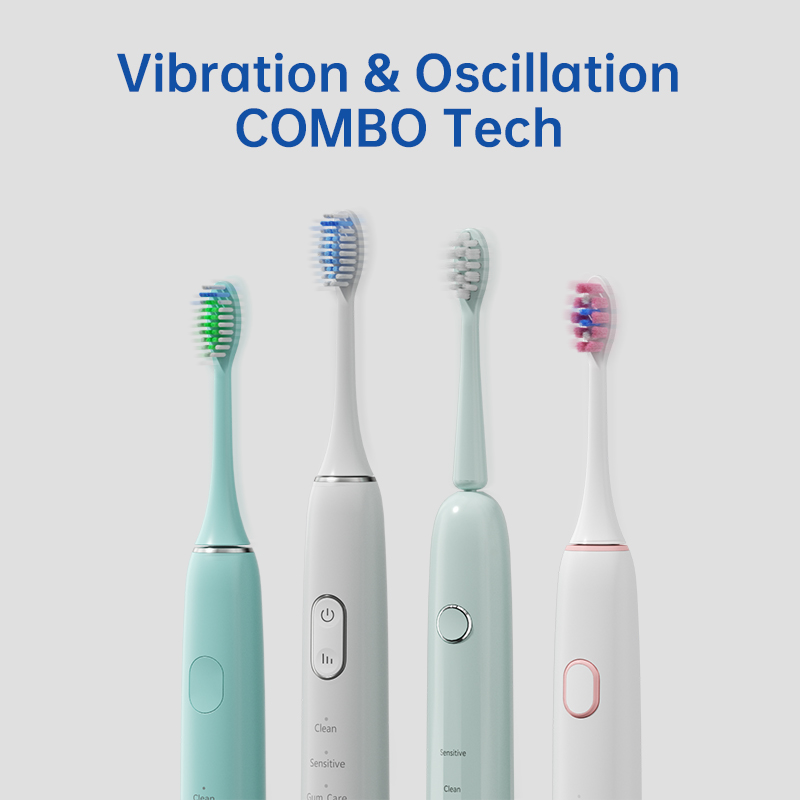
Personalized Christmas Gifts for Employees: Electric Toothbrush Ideas
.jpg)
Are Water Flossers with AI a Good Investment? An OEM Market Analysis
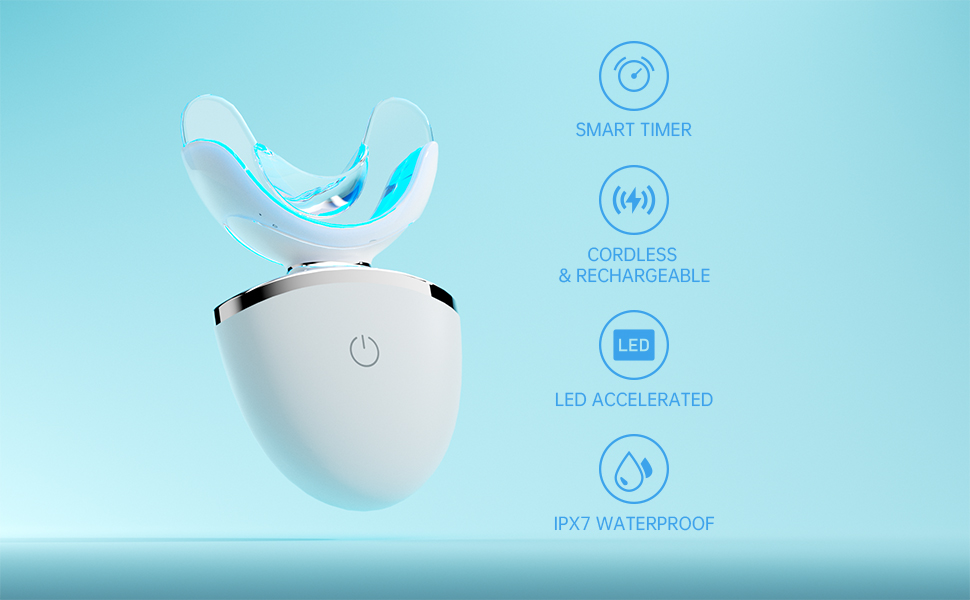
Create Your Brand: From “Make Your Own” to Professional Teeth Whitening Products

How to Install Electric Toothbrush Heads Correctly: Proper electric toothbrush head installation Guide for Brands and Users
.jpg)
Taste Distortion Alongside pH Imbalance – Vicious Cycle?
Texas Flag Pattern Toothbrush

Why Do My Teeth Feel Sore After Using a Home Teeth Whitening Device?
.jpg)
An Essential Ingredient for Success in the Dental Care Brand Business
Pregnancy Contraindications & Noise Level Concerns: Safe?
Waterproof Travel Electric Toothbrush OEM | Portable Oral Care
Hotel Amenity Sonic Toothbrush Wholesale – OEM Supply for Hospitality Brands

Why Offer a Portable Teeth Whitening Kit with a Whitening Kit Customization Service for B2B Clients?

New Year Resolution for Better Oral Health: OEM Product Planning

electric toothbrush heads Deep Clean

electric toothbrush heads Regular Clean

electric toothbrush heads Ultra Soft

Customization Teeth Whitening Gel
.jpg)
Florida Electric Toothbrush – Powsmart PTR-C8

electric toothbrush heads Charcoal Infuse-Round

Private Label Whitening Gel

Electric toothbrush heads Charcoal Infused-Diamond
whstapp
whstapp
National Toll-Free Service Hotline
+86 755 86238638